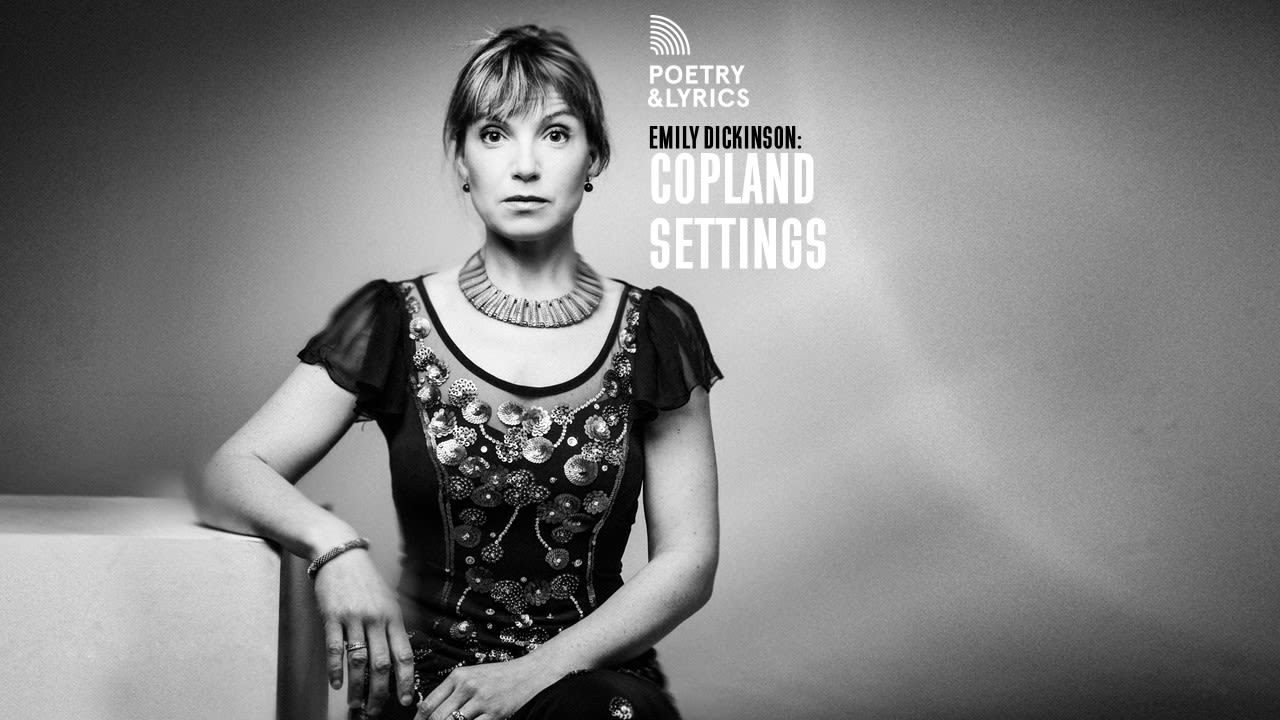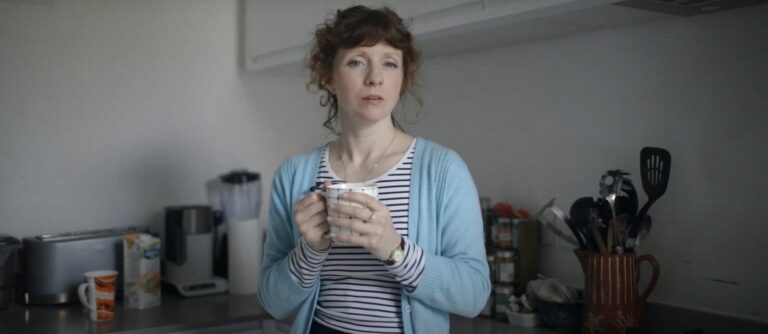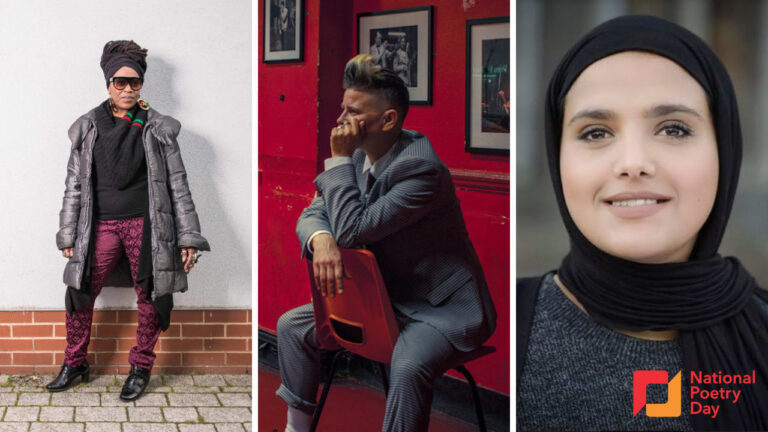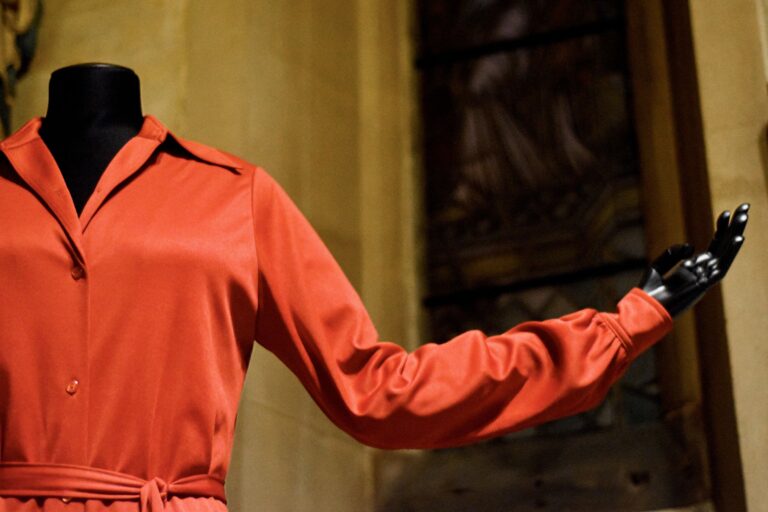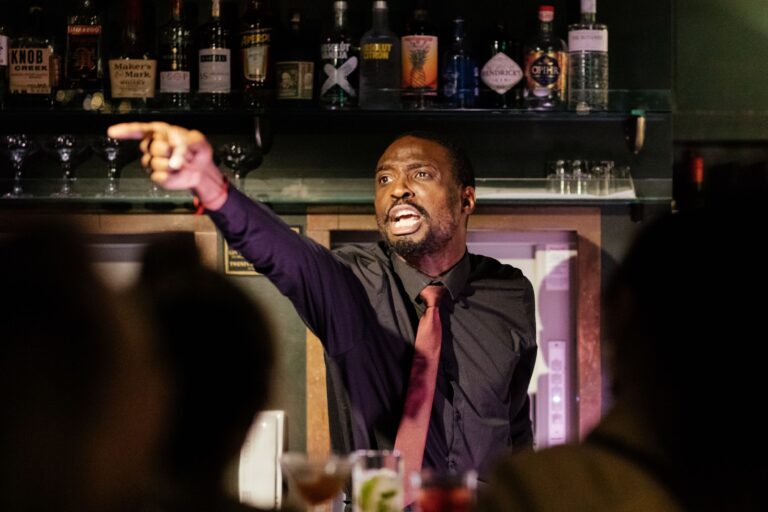Songs of Emily Dickinson
Songs of Emily Dickinson
by Tom Deveson
April 2018
Men as well as women have been deeply stirred by Emily Dickinson’s poems; some have been moved to create their own works. Here are two small examples.
Aaron Copland wrote the song cycle Twelve Poems of Emily Dickinson in 1950 for piano and soprano. He spent a lot of time in her cloister-like bedroom at her house in Amherst, looking out on the view she saw and trying to get in touch with how she might have felt as she wrote. The poem which drew him in was Because I Could Not Stop For Death, sometimes known as The Chariot. The start of his inspiration, it comes at the very end of the cycle.
The steady movement of the accompaniment, its dotted rhythms almost like a boogie-woogie, act out the unhurried process of the journey. It is sombre and poignant but not frightening; Death is a ‘kindly’ gentleman. The course of human life passes towards the ‘setting sun’, and we pause momentarily as we hear strange and beautiful harmonies. Then we amble onwards, and the singer’s voice moves upwards in a heavenly direction as the accompaniment sinks lower in denser textures to end at last on a gentle unanticipated major chord.
Barbara Bonney sings The Chariot here:
John Adams wrote Harmonium in 1980 for chorus and orchestra. It started out as a setting of early poems by Wallace Stevens – hence the title – but the poems that survive in the piece are by Donne and Emily Dickinson. Because I Could Not Stop For Death forms the second movement. Adams compares the poem to a ‘pastoral elegy expressed through the lens of a slow-motion camera’ and his music moves in a trance-like shimmering monotone very different from Copland’s quietly dramatic narrative. It feels as if we are overhearing the chanting of a secular rite; the sound throughout is guarded and muted with tentative modulations. A slow crescendo gathers after seven minutes and then fades away, leaving only the tinkling of distant cowbells.
And then comes Wild Nights……
Two great musicians give us something wonderful by trusting their art to an even greater poet.
These are two songs I listen to with my teenage students at the London Centre for Young Musicians. They spend the session inside a very great poem; and yes, we travel with death; but here, as with Montaigne, the journey not the arrival matters. It’s nice to share again beyond the classroom.
And this is a great poem and a superb song:
With my students we explore how Copland ends with the ‘earth’ chord of E major after numerous ‘heaven’ motifs that centre on B flat, the two separated by and then ‘resolved’ sceptically on a tritone. The two keys are as far apart as is possible within ‘classical’ harmony. That feels like something worth pondering.
Twenty-four and twenty-seven lines by Emily Dickinson; a few dozen teenagers; two composers; endless hours of exploration; a lifetime of echoes, intuitions, memories, discoveries, reflections.
Trying to evoke a nineteenth-century bedroom in Amherst for a group of south London teenagers in 2018 without being sensational or sentimental isn’t easy. The music is one good way in. My friend M grew up in Amherst. She usefully advises: ‘that street smells like damp maple and hemlock trees and in winter the slush footprints freeze on the sidewalk.’
The limits of Emily Dickinson’s bedroom are neither the limits of our language nor the limits of our world.

